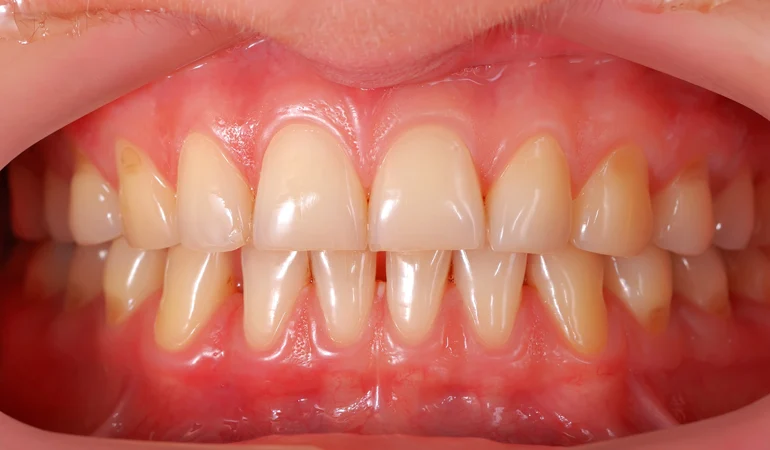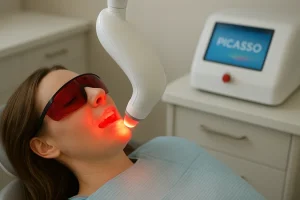What Is Periodontal Charting and Why It’s Important for Your Oral Health

What Is Periodontal Charting and Why It’s Important for Your Oral Health
When you visit your dentist or dental hygienist for a check-up, you might hear numbers being called out during your cleaning — “three, two, four…” and so on. You may have wondered what these numbers mean and why your dental team records them so carefully. Those numbers are part of something called periodontal charting (or perio charting), a key tool we use to monitor the health of your gums and the bone that supports your teeth.
What Is Periodontal Charting?
Periodontal charting is a detailed recording of the health of your gums and the structures that support your teeth. During this procedure, your dentist or hygienist uses a small, gentle measuring tool called a periodontal probe to measure the depth of the spaces (called pockets) between your teeth and gums. These pockets are measured in millimeters (mm) — usually ranging from 1 to 10 mm. Healthy gums fit snugly around your teeth and typically have pocket depths of 1–3 mm. When gum disease (periodontal disease) begins, these pockets get deeper as the gums start to pull away from the teeth.
Why Is Periodontal Charting So Important?
Your gums are the foundation of your oral health. Even if your teeth look perfectly fine, gum disease can silently damage the tissues that hold your teeth in place. Periodontal charting helps us detect problems early — often before you feel pain or see visible symptoms. It helps with early detection, prevention of tooth loss, personalized treatment planning, and tracking progress over time.
What Do the Numbers Mean?
Each number corresponds to the depth (in millimeters) of a pocket around a specific tooth. Here’s how to interpret those numbers:
| Measurement (mm) | Meaning | What It Indicates |
| 1–3 mm | Healthy gums | Normal, tight gum attachment |
| 4 mm | Mild inflammation | Early gum disease (gingivitis) |
| 5–6 mm | Moderate pocket | Beginning bone loss, periodontitis |
| 7+ mm | Deep pocket | Advanced bone loss, severe periodontitis |
Frequently Asked Questions
Does periodontal charting hurt?
No — periodontal charting is a gentle process. The probe used is very thin and rounded at the tip. You might feel slight pressure near your gums, but it should not be painful. However, if your gum is inflamed then you may feel some discomfort. Don’t be scared! Hygienists have some techniques to alleviate discomfort.
How often should periodontal charting be done?
For most patients, we perform a complete periodontal chart once a year. If you have a history of gum disease, we may chart more frequently to monitor your progress.
What if my chart shows deep pockets?
If deeper pockets are found (usually 4 mm or more), we might recommend a deep cleaning (scaling and root planing) and improved home care to help the gums heal.
Can I improve my charting numbers?
Yes! Gum tissue can heal beautifully with consistent brushing, flossing, and professional cleanings. Quitting smoking and controlling health conditions like diabetes also help.
Periodontal charting is more than just numbers — it’s your gums’ report card. It allows your dental team to monitor subtle changes, prevent gum disease from progressing, and protect your teeth for the long term.
At Fort York Dentist we believe prevention is the best treatment. Regular check-ups and periodontal charting are simple steps that can help you keep your teeth — and your smile — healthy for life.









